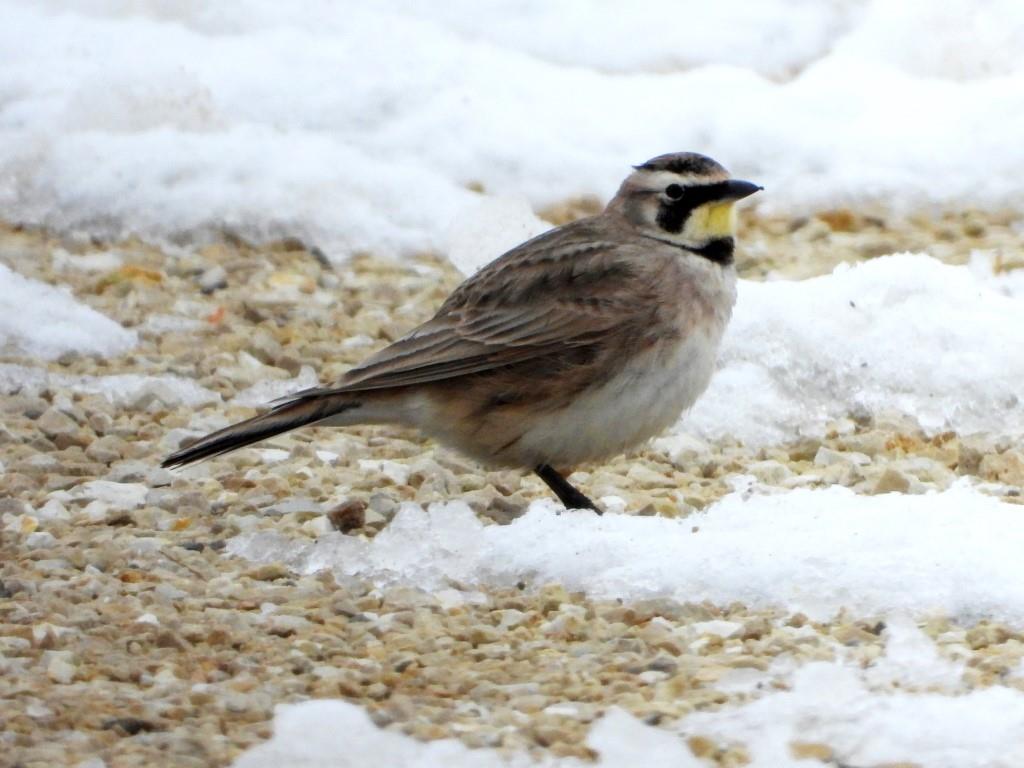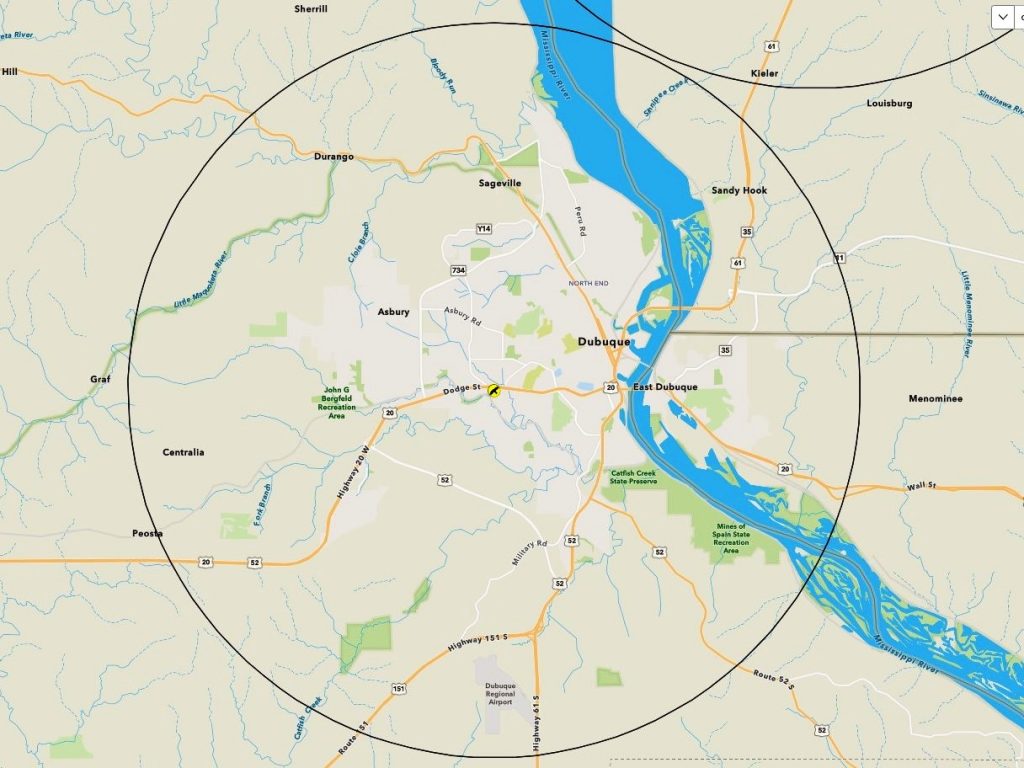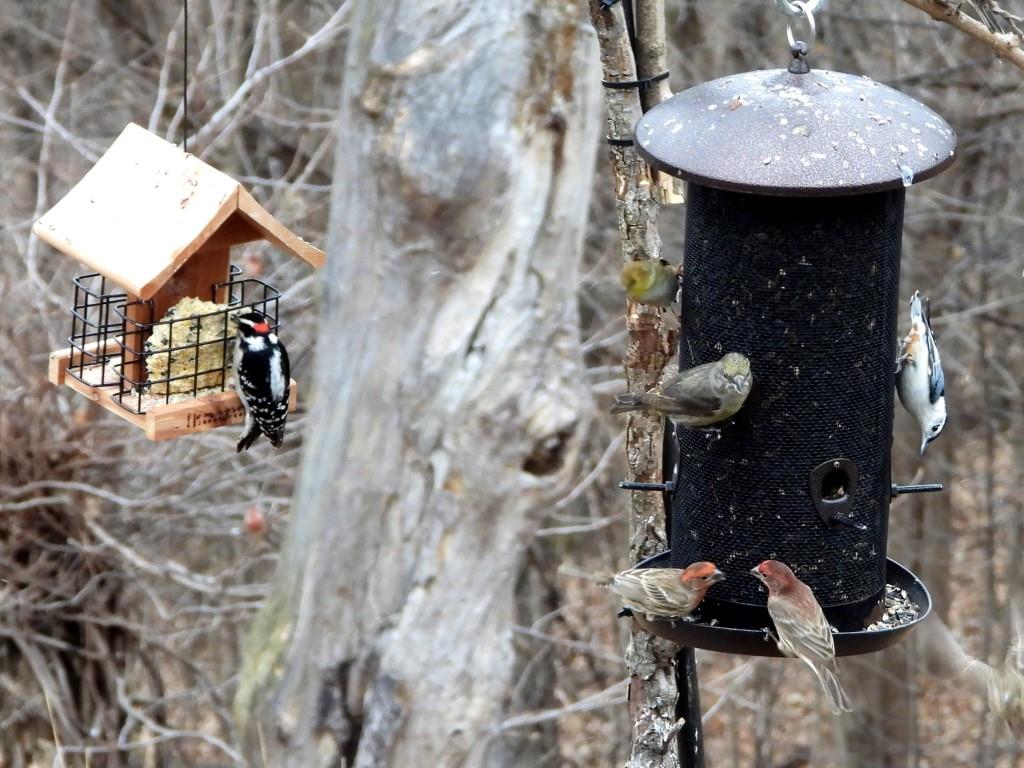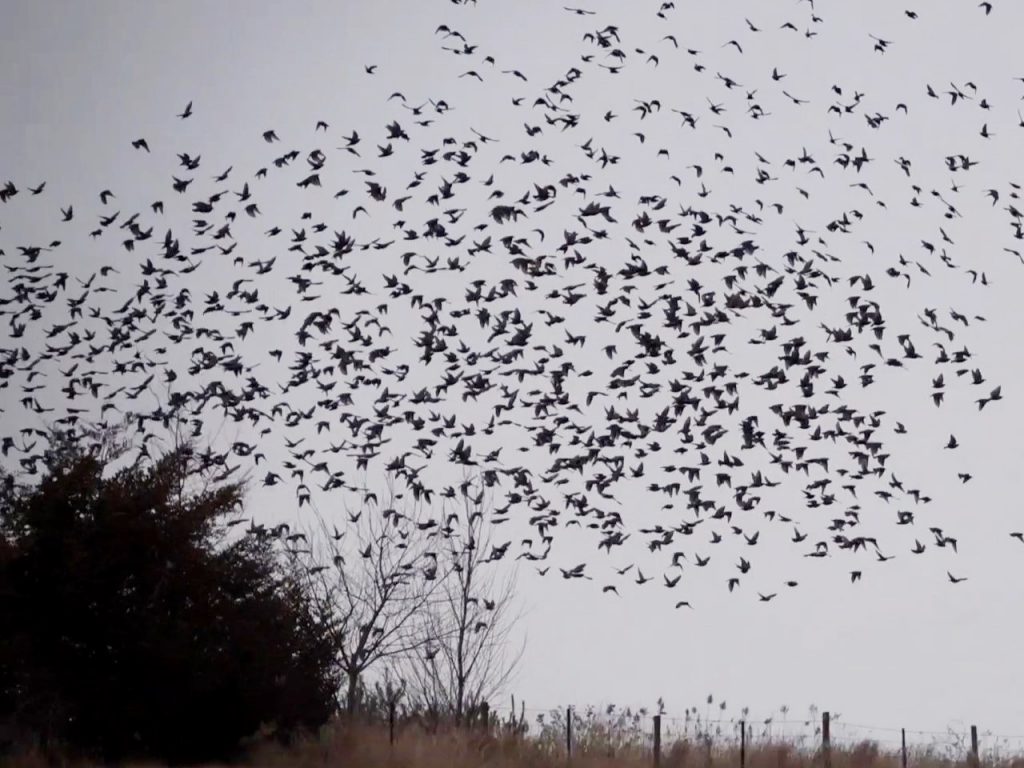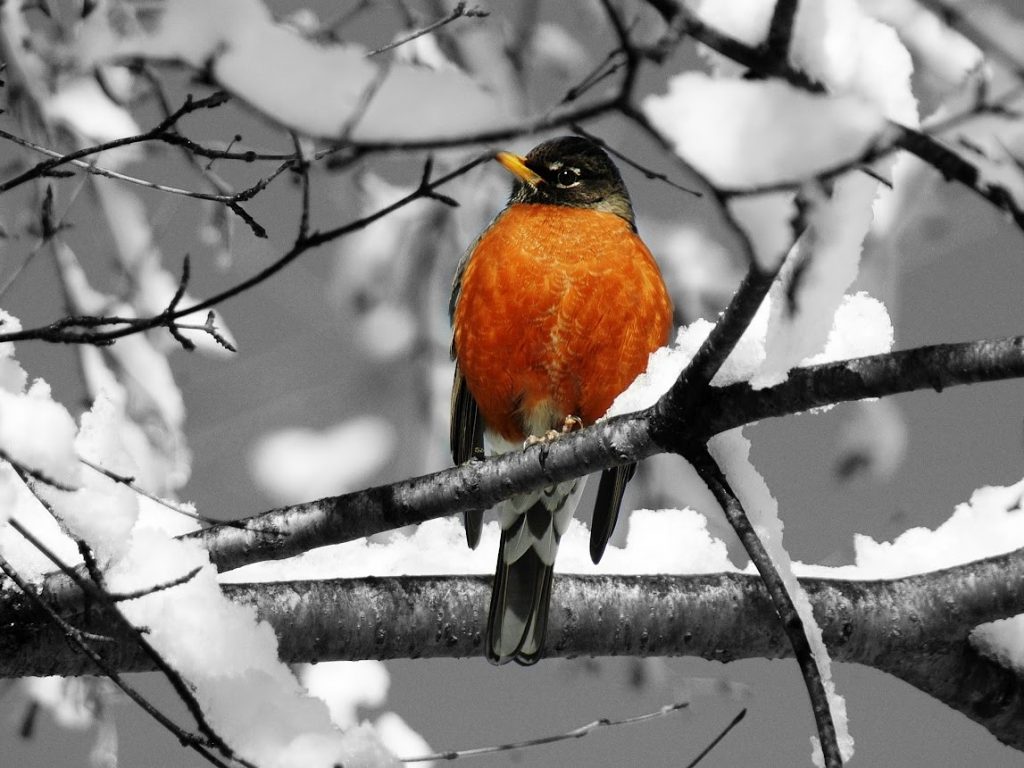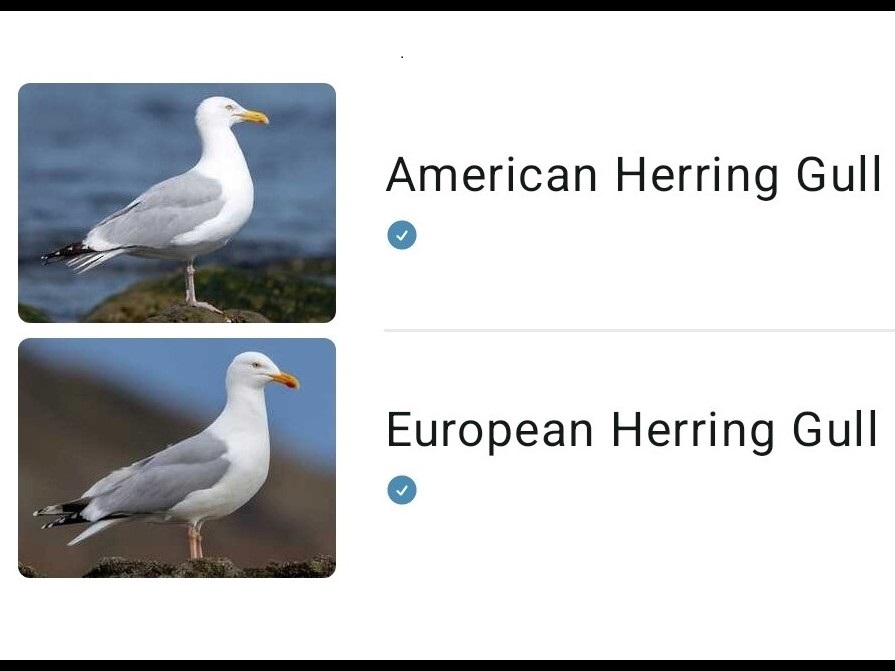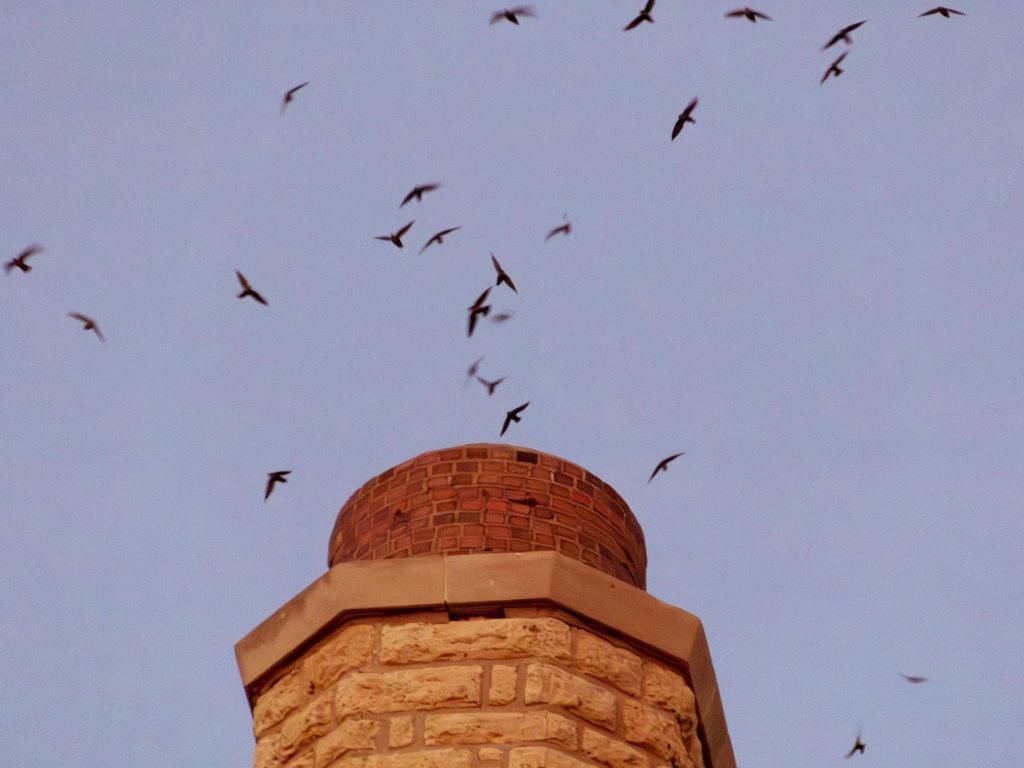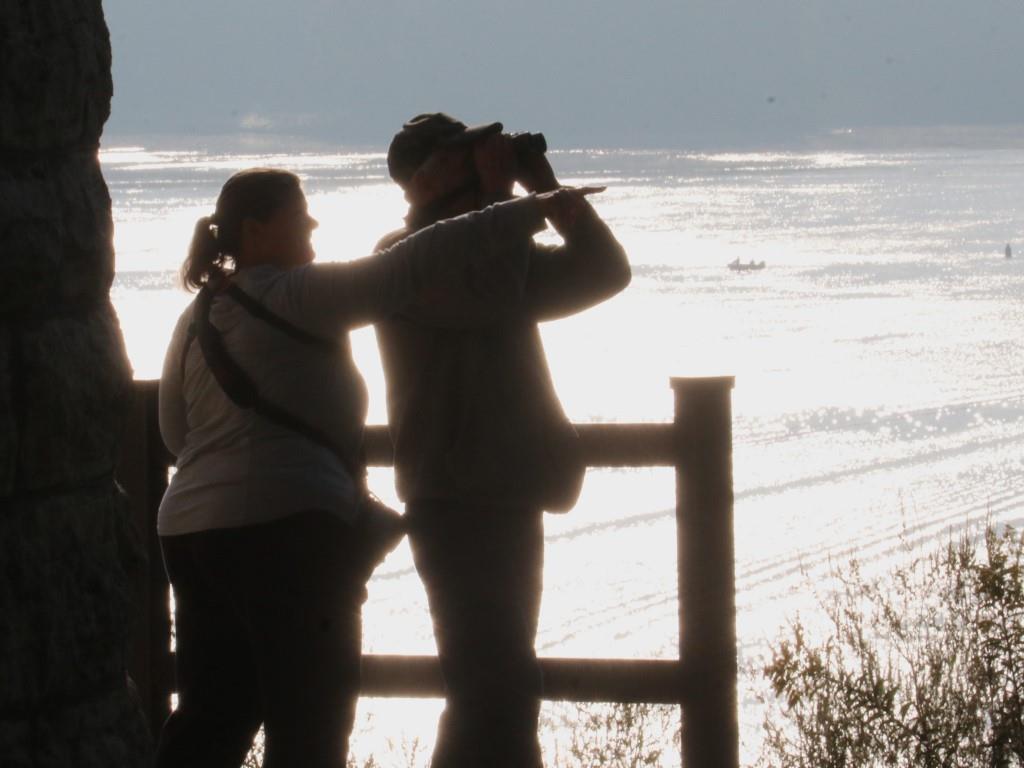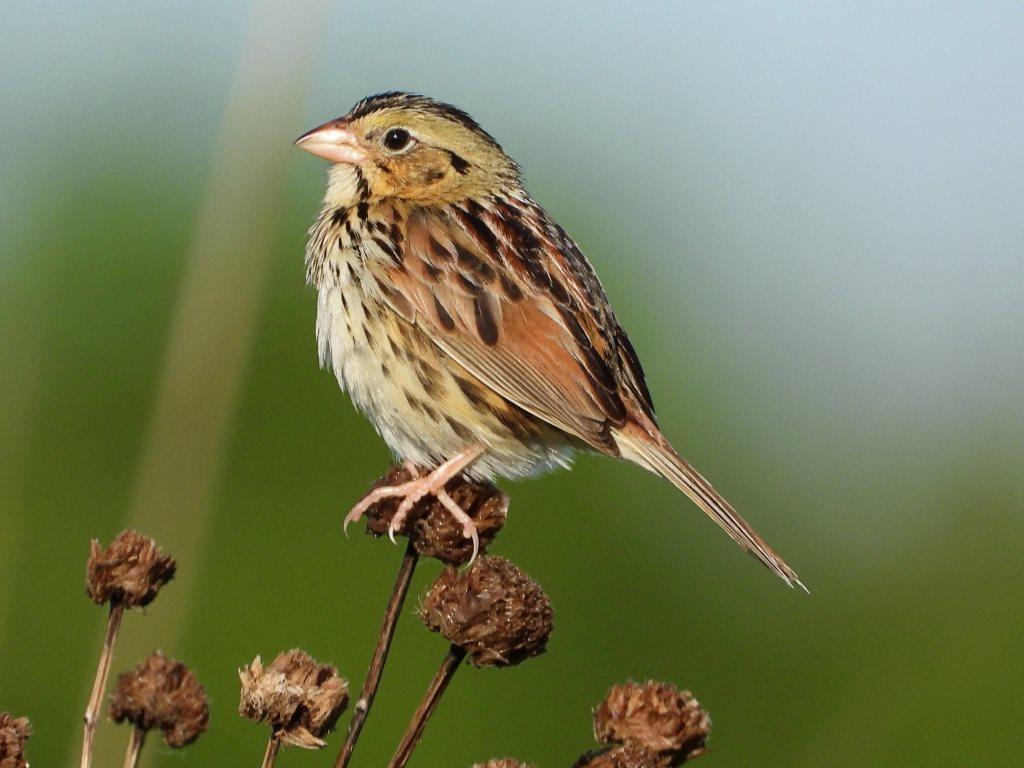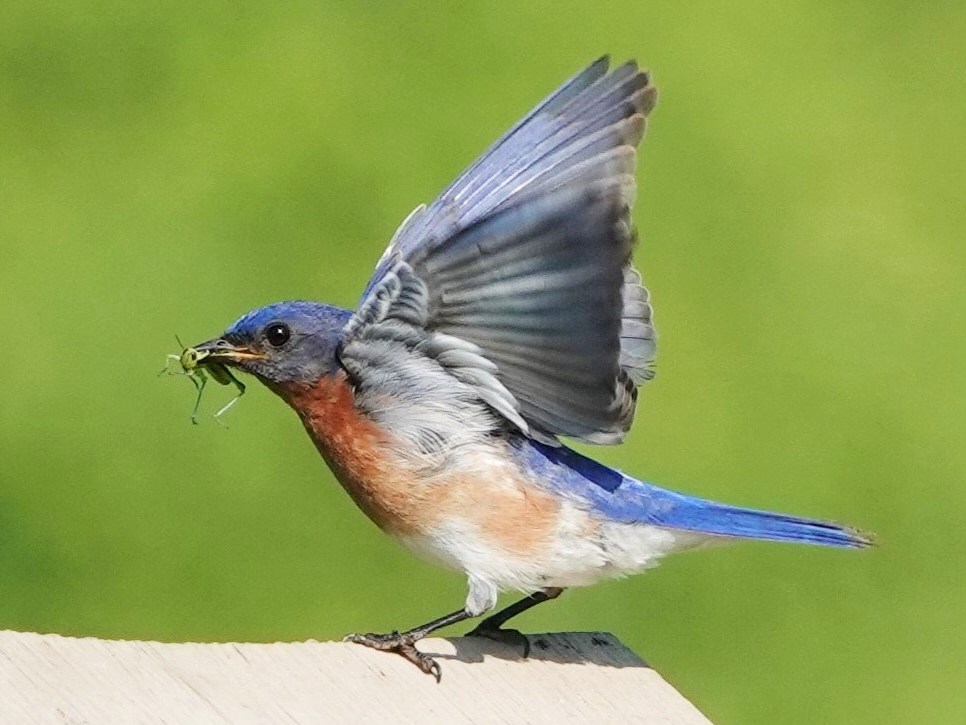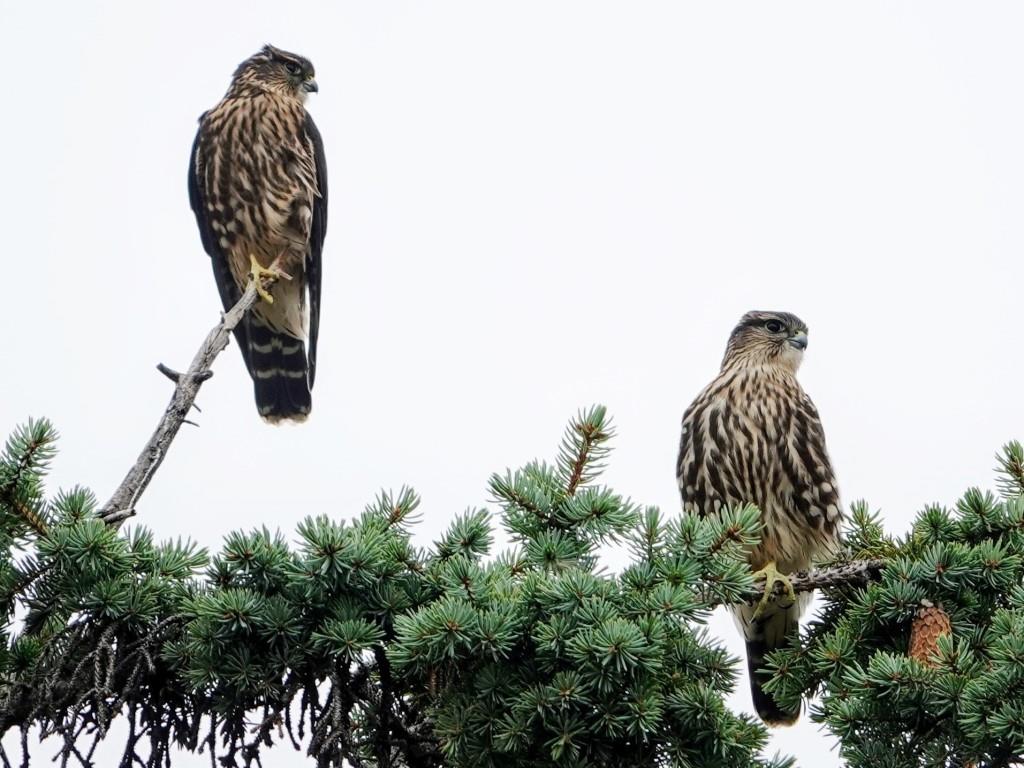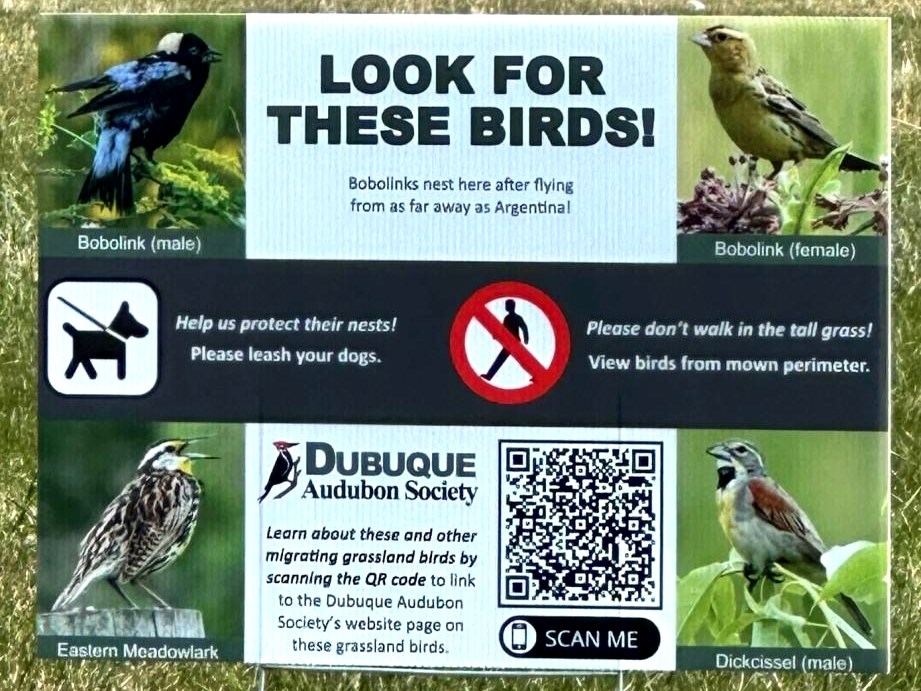By Tony Moline
[from spring 2025 newsletter]
Question: Why do birds flock to gravel roads in the wintertime?
Answer: Because they have no teeth! Instead, birds have a gizzard, a muscular part of their stomach that helps them grind up food. Small rocks and sand (or grit) are ingested by birds to create “teeth” in the gizzard. Although birds practice this year-round, winter snow depth makes plowed gravel an oasis of grit, especially for open county birds such as Lapland Longspurs, Snow Buntings and Horned Larks.
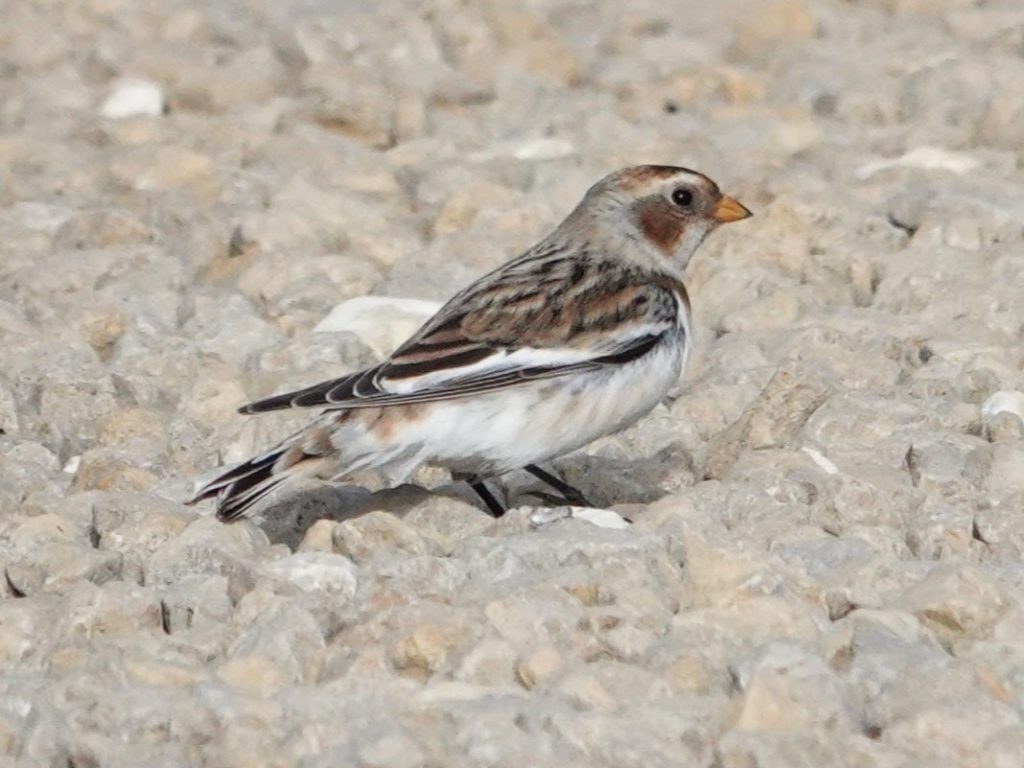
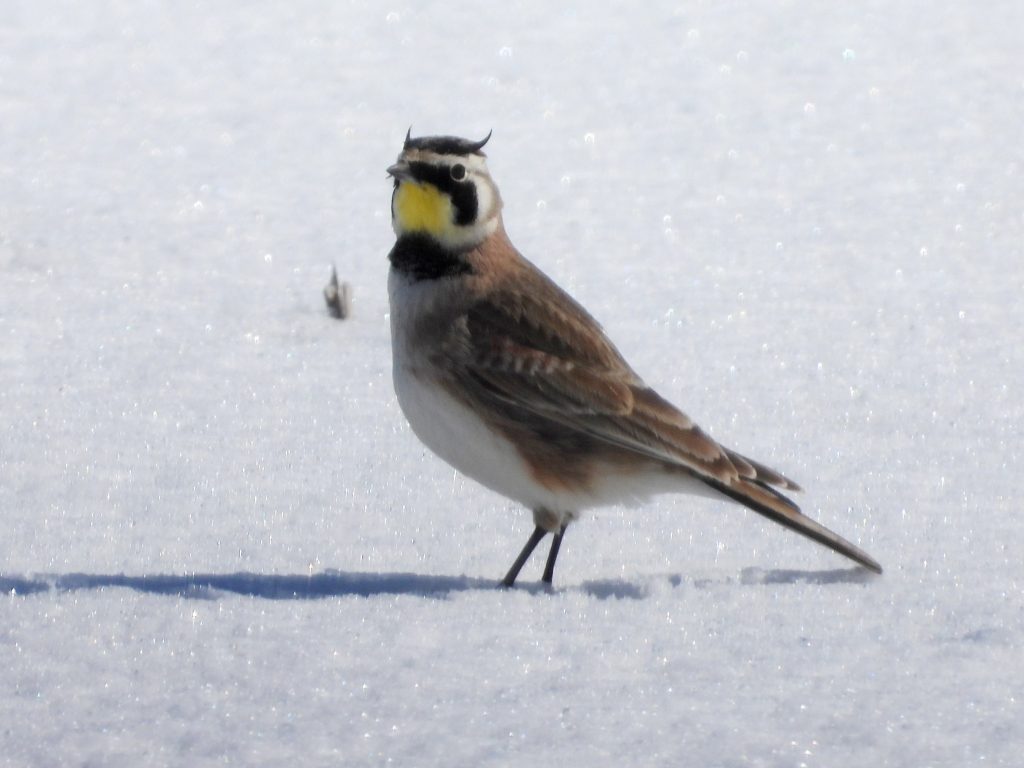
Snow Bunting
© Marty Corfman
Dubuque, IA
1/27/25
Horned Lark
© Mary Leigh
Dubuque County
3/14/23

